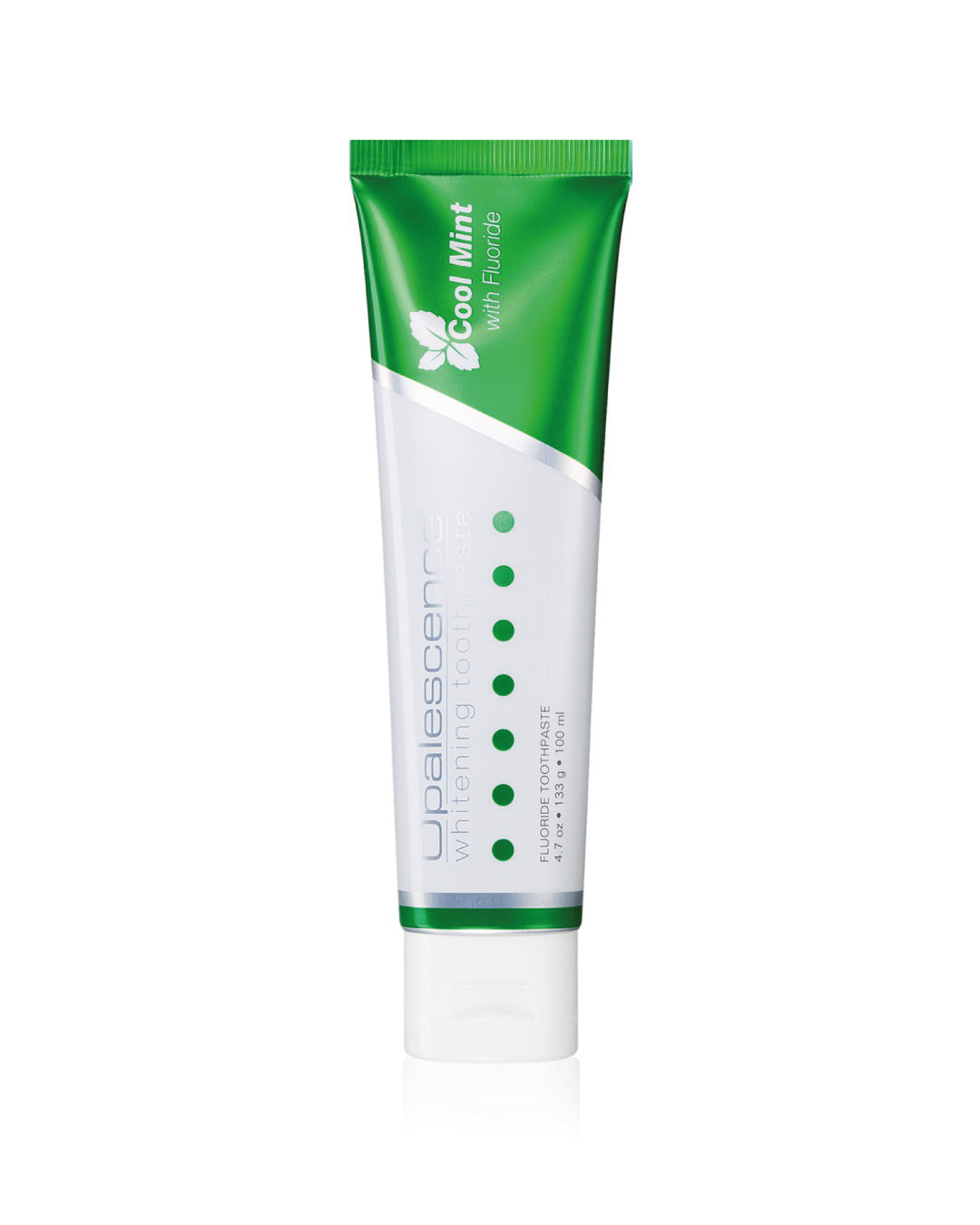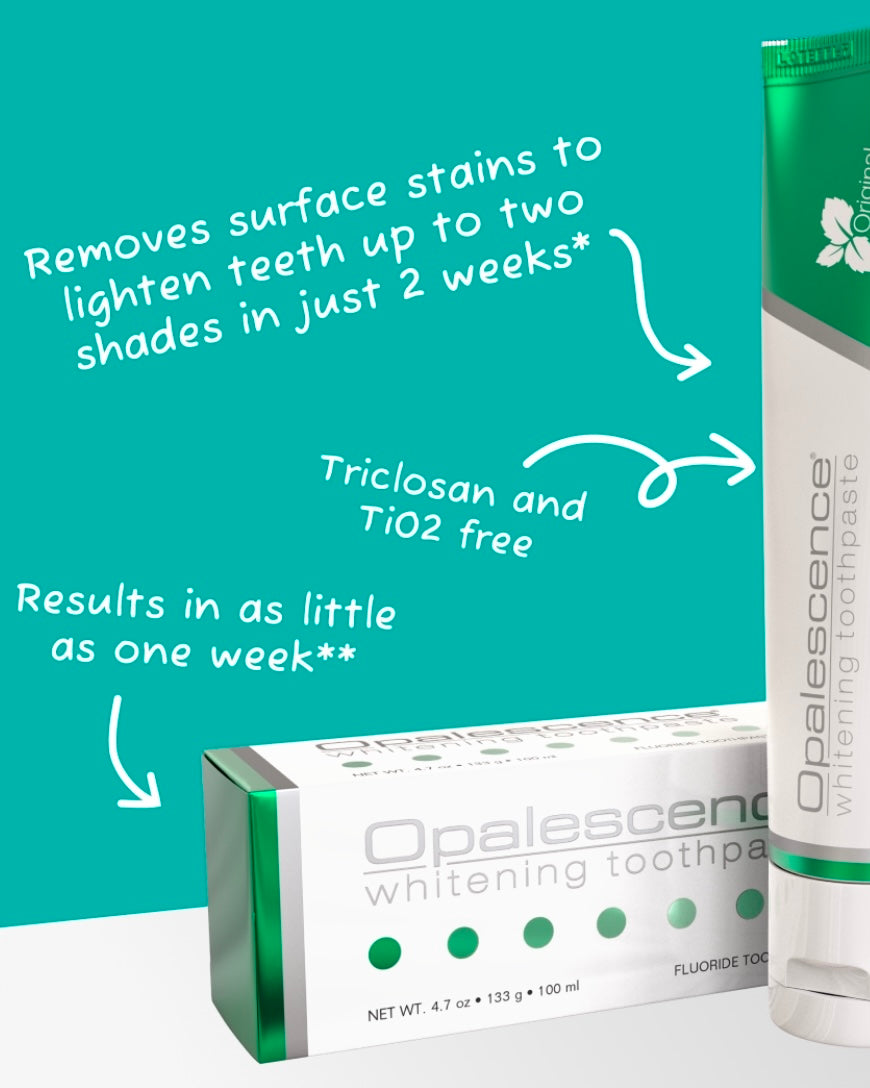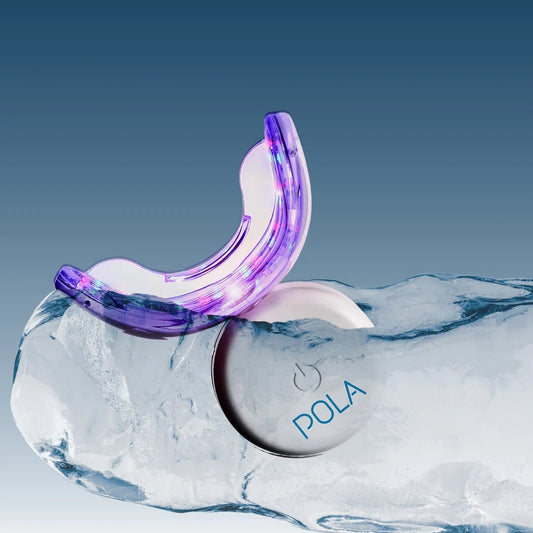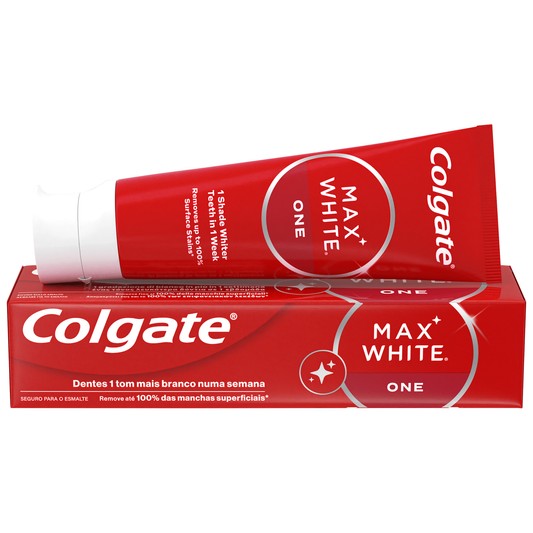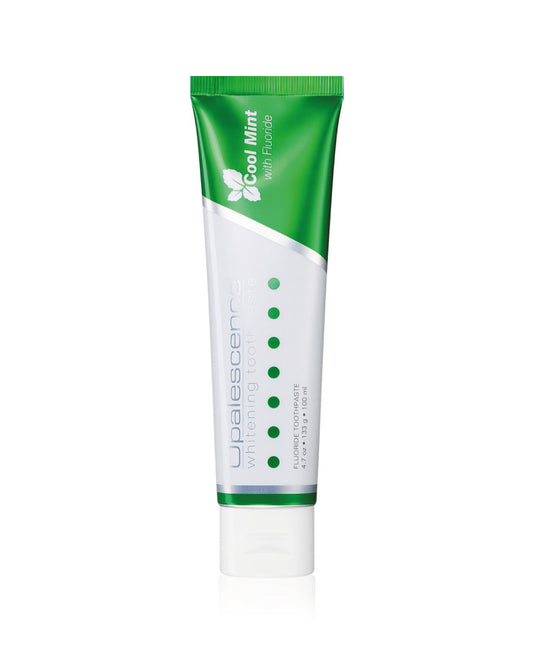Whitening Toothpastes - 5 Most Frequently Asked Questions Answered

Toothpastes that promise to whiten teeth have taken over the shelves of pharmacies and supermarkets, raising expectations among those who want to have white teeth and a whiter smile. These products promise affordable and practical results, without the need for a visit to the dentist. But do they really live up to their claims, or is some of what you read more like marketing than real scientific research?
Between myths, truths, fears and cutting-edge innovations, there are questions that persist when choosing (or discarding) a teeth whitening paste. Let's look at the most common doubts and what you can really expect from these products.
How do whitening toothpastes work?
The basic principle of whitening toothpastes is usually linked to their composition. These products can use several mechanisms to help remove surface stains from teeth. Among the most common ingredients are: activated charcoal.
- Mild abrasives, such as hydrated silica or calcium carbonate, help remove pigments that build up on the surface of the enamel from food, drinks or tobacco.
- Chemical bleaching agents, usually in low concentrations, such as hydrogen peroxide or carbamide peroxide.
- Enzymes that act on bacterial plaque, keeping the tooth surface cleaner.
The aim is essentially to remove extrinsic stains (on the surface of the teeth) through the use of teeth whitening products. As a rule, these products do not act on the natural internal color of the enamel, so the results tend to be modest and focused on lightening shades acquired over time.
How far do the results of whitening toothpastes go?
There is a great demand for “perfect teeth” and impeccable aesthetics, but it is important to maintain realistic expectations. In a large analysis of clinical trials, results indicate visible but limited whitening after several weeks of regular use. Results depend on factors such as:
- Frequency of use and brushing time
- Type and quantity of existing stains
- Are other complementary products (dental floss, mouthwashes) used or not?
- Eating habits (consumption of coffee, red wine, tea, tobacco)
- General condition of tooth enamel
Visual differences between before and after can be seen, but there is rarely a “jump” of several shades like that achieved with professional whitening treatments. For those with light, superficial stains, the results are more evident than in cases where there is intrinsic discolorations.
| Product | Type of Bleaching Agent | Suitable for | Whitening Level* |
|---|---|---|---|
| Light abrasive paste | Hydrated silica | Coffee stains | Low |
| Peroxide paste | Hydrogen peroxide 0.1-1% | Tobacco stains | Moderate |
| Enzyme paste | Bromelain, papain | Food stains | Low |
*Based on available clinical evidence.
Whitening toothpastes do not alter fillings, veneers or crowns, which can result in a color difference between natural teeth and dental materials.
Can whitening toothpastes damage enamel?
One of the main concerns is whether, by trying to improve the appearance and aesthetics of your teeth, you are not inadvertently harming your oral health. Excessive abrasiveness can wear down the enamel, causing increased sensitivity and even a risk of cavities.
Manufacturers have been investing in balanced formulas to minimize damage, including the use of ingredients such as activated charcoal , but not all toothpastes are created equal. The abrasiveness of toothpastes is measured by an index called RDA (Relative Dentin Abrasivity). Values up to 70 are considered low, between 70 and 100 are medium, and above 100 are high.
For safer choices:
- Choose pastes with an RDA of up to 100.
- Consult the RDA table for major products (usually available on manufacturers' websites or oral health associations).
- Alternate with toothpastes for sensitive teeth in cases of discomfort.
On the other hand, toothpastes with low concentrations of peroxides, used in teeth whitening procedures, present little risk of damage, but also a more discreet whitening effect for white teeth.
Are there any health risks when using whitening toothpastes?
Safety is a recurring topic. There is inevitably some risk involved when using products that have a chemical or abrasive impact on the mouth. In the context of whitening toothpastes available on the Portuguese market, European legislation limits the concentration of whitening agents, making it unlikely that severe damage to teeth or oral tissues will occur when used according to the manufacturer's instructions.
Possible side effects, usually reversible, include:
- Tooth sensitivity, especially with prolonged use.
- Irritation of the gums if the paste comes into frequent contact with the mucous membrane.
- Slight erosion of the enamel, with more abrasive pastes, with excessive use or with a hard bristle brush.
In general, anyone with sensitive teeth, fragile gums or a history of oral injuries should seek advice from their dentist before starting regular use of these products.
Does it make sense to use whitening toothpastes on a routine basis?
The temptation of quick results leads many people to use only whitening toothpastes, hoping for miracles. However, oral health professionals always recommend a varied routine.
- Use the whitening toothpaste once or twice a day, alternating with an enamel protection toothpaste or toothpaste for sensitive teeth.
- Maintain correct and regular brushing, without applying too much force.
- Invest in a soft-bristled brush.
- Complete your hygiene routine with dental floss and mouthwash recommended by your dentist.
- Opt for short periods of use rather than keeping the same whitening toothpaste all year round.
Ideally, teeth whitening toothpastes can be a complement, helping to remove recent stains and prolong the effect of professional treatments. They do not replace the need for regular check-ups, a balanced diet or proper oral hygiene.
The marketing of these products may create high expectations, but the key to a healthy smile, which may include the use of , remains prevention, daily care and, whenever necessary, guidance from a specialist.
A white smile starts long before you choose your toothpaste at the supermarket. Informed decisions make all the difference to your oral health and the confidence you have in your daily life.
Elmex Whitening Paste
The allure of whitening toothpastes reflects the universal desire for a brighter smile, promising to lighten surface stains without dental intervention. However, it is crucial to have realistic expectations, as these products provide only modest lightening, focusing on extrinsic stains. Safety should be a priority, opting for toothpastes with a low abrasive index and alternating use with gentler products to protect the enamel. Seeing a dentist can prevent gum irritation and tooth sensitivity, maximizing the benefits of whitening. Above all, strong oral health and a radiant smile depend on daily hygiene and regular checkups, over and above promises of miracle formulas.
Opalescence Whitening Paste
Whitening toothpastes are a convenient solution for improving the aesthetics of your smile, mainly acting on superficial stains, but it is essential to maintain realistic expectations regarding the results achieved. With a composition carefully formulated to minimize risks, these toothpastes use innovative ingredients, such as low concentrations of peroxides and mild abrasives, preventing significant damage to the enamel when used correctly. To ensure maximum effectiveness and protect oral health, it is recommended to combine whitening toothpastes with a varied hygiene routine and frequent guidance from a dentist.
Frequently Asked Questions about Whitening Toothpastes
We live in a time when a white, healthy smile is synonymous with confidence and well-being. Whitening toothpastes promise to help us achieve this goal in a practical and affordable way. Find out the answers to the most common questions about the effectiveness and safety of these products.
How do whitening toothpastes work?
They use mild abrasives and whitening agents, such as hydrogen peroxide, to remove surface stains from teeth.
What are the expected results when using whitening toothpastes?
The results are visible but limited, providing lightening of extrinsic stains without altering the natural color of the enamel.
Can whitening toothpastes damage tooth enamel?
When used excessively, abrasive pastes can wear away the enamel. It is important to choose formulas with a low level of abrasiveness.
Are there any side effects associated with the use of whitening toothpastes?
Some users may experience tooth sensitivity or gum irritation. It is essential to follow the manufacturer's instructions.
Should you use whitening toothpastes every day?
It is recommended to alternate with enamel protective pastes and maintain good oral hygiene practices to maximize the benefits.


